Chameleons inspire 'smart skin' that changes color in sun
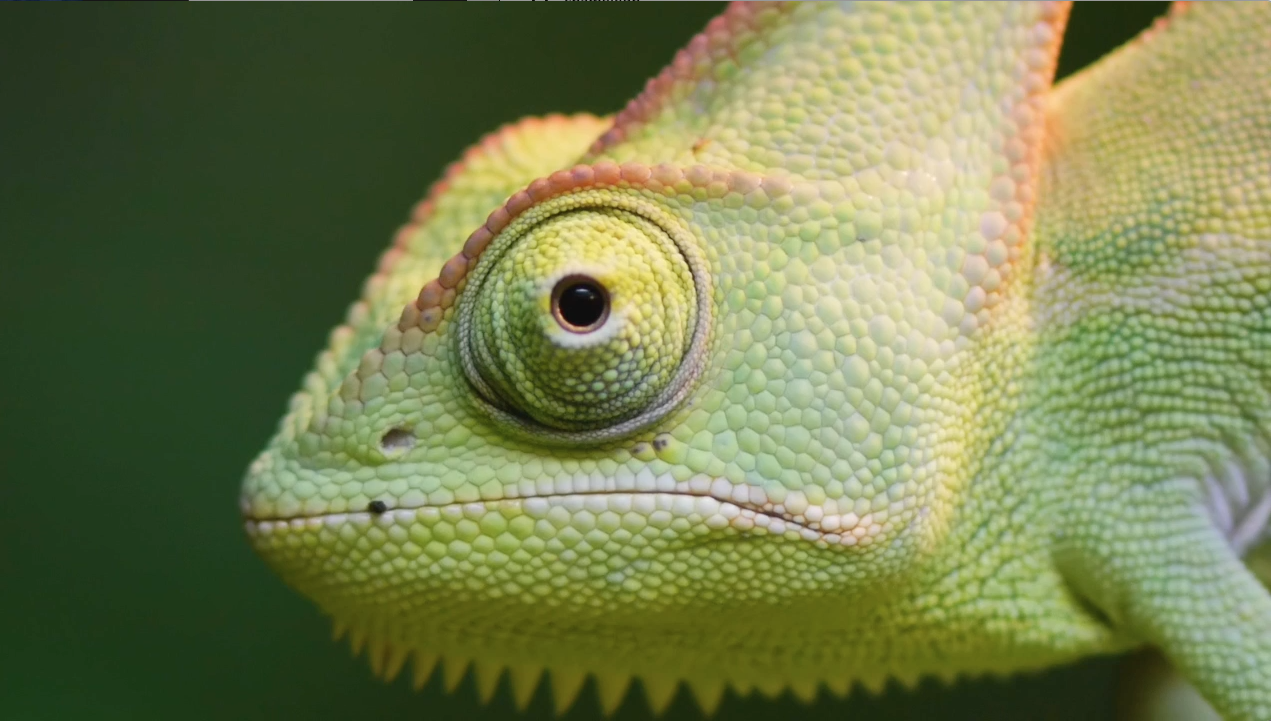
A chameleon can alter the color of its skin so it either blends into the background to hide or stands out to defend its territory and attract a mate. The chameleon makes this trick look easy, using photonic crystals in its skin. Scientists, however, have struggled to make a photonic crystal “smart skin” that changes color in response to the environment, without also changing in size.
The journal ACS Nano published research led by chemists at Emory University that found a solution to the problem. They developed a flexible smart skin that reacts to heat and sunlight while maintaining a near constant volume.
“Watching a chameleon change colors gave me the idea for the breakthrough,” says first author Yixiao Dong, a PhD candidate in Emory’s Department of Chemistry. “We’ve developed a new concept for a color-changing smart skin, based on observations of how nature does it.”
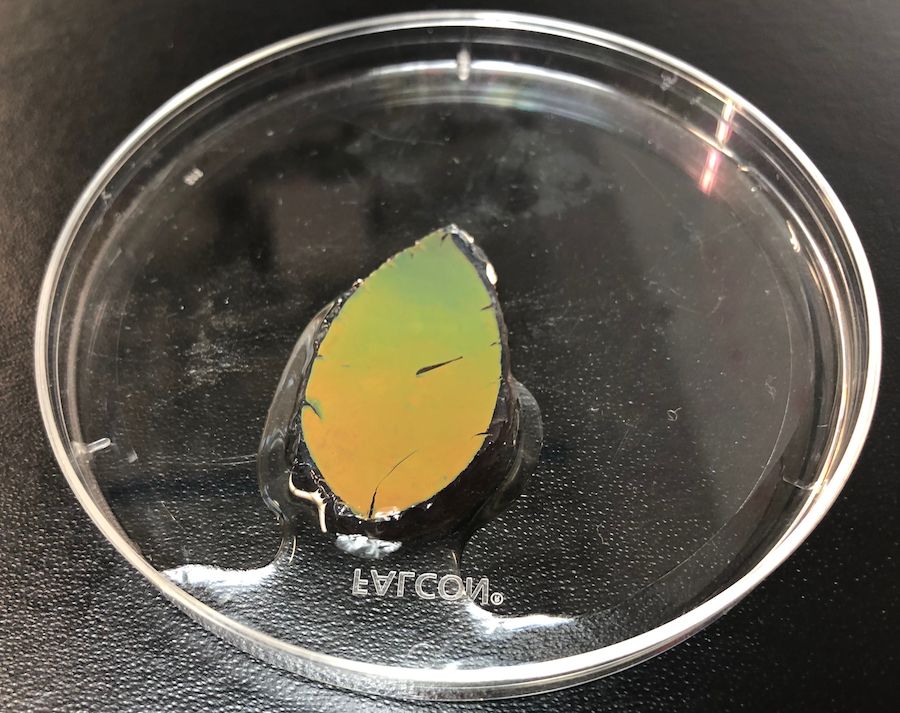
A leaf-shape sample of the smart skin in the lab, in the midst of turning from yellow to green. (Corey Broman-Fulks, Emory Photo/Video)
A leaf-shape sample of the smart skin in the lab, in the midst of turning from yellow to green. (Corey Broman-Fulks, Emory Photo/Video)
“Scientists in the field of photonic crystals have been working for a long time to try to create color-changing smart skins for a range of potential applications, such as camouflage, chemical sensing and anti-counterfeiting tags,” adds Khalid Salaita, senior author of the paper and an Emory professor of chemistry. “While our work is still in the fundamental stages, we’ve established the principles for a new approach to explore and build upon.”
Co-authors of the paper include Alisina Bazrafshan and Dale Combs (Emory PhD students); Kimberly Clarke (an Emory post-doctoral fellow); and Anastassia Pokutta, Fatiesa Sulejmani and Wei Sun (from Georgia Tech’s Wallace H. Coulter Department of Biomedical Engineering).
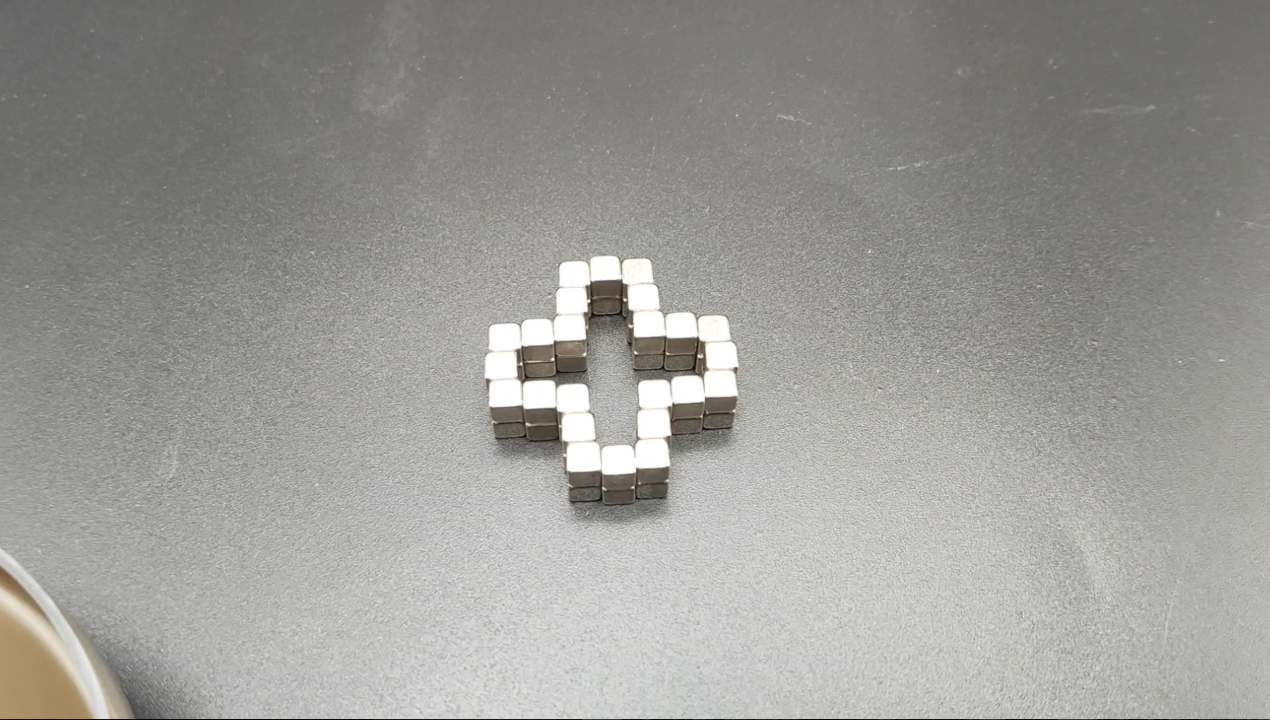
Besides chameleons, many other creatures have evolved the ability to change color. The stripes on a neon tetra fish, for example, turn from deep indigo to blue-green when they swim into sunlight.
The coloration in these organisms is not based on pigments, but on tiny particles in a repeating pattern, known as photonic crystals. The periodicity in these particles causes the material to interfere with wavelengths of light. Although the particles themselves are colorless, the precise spacing between them allows certain light waves to pass through them while rejecting others. The visible colors produced change depending on factors such as lighting conditions or shifts in the distance between the particles.
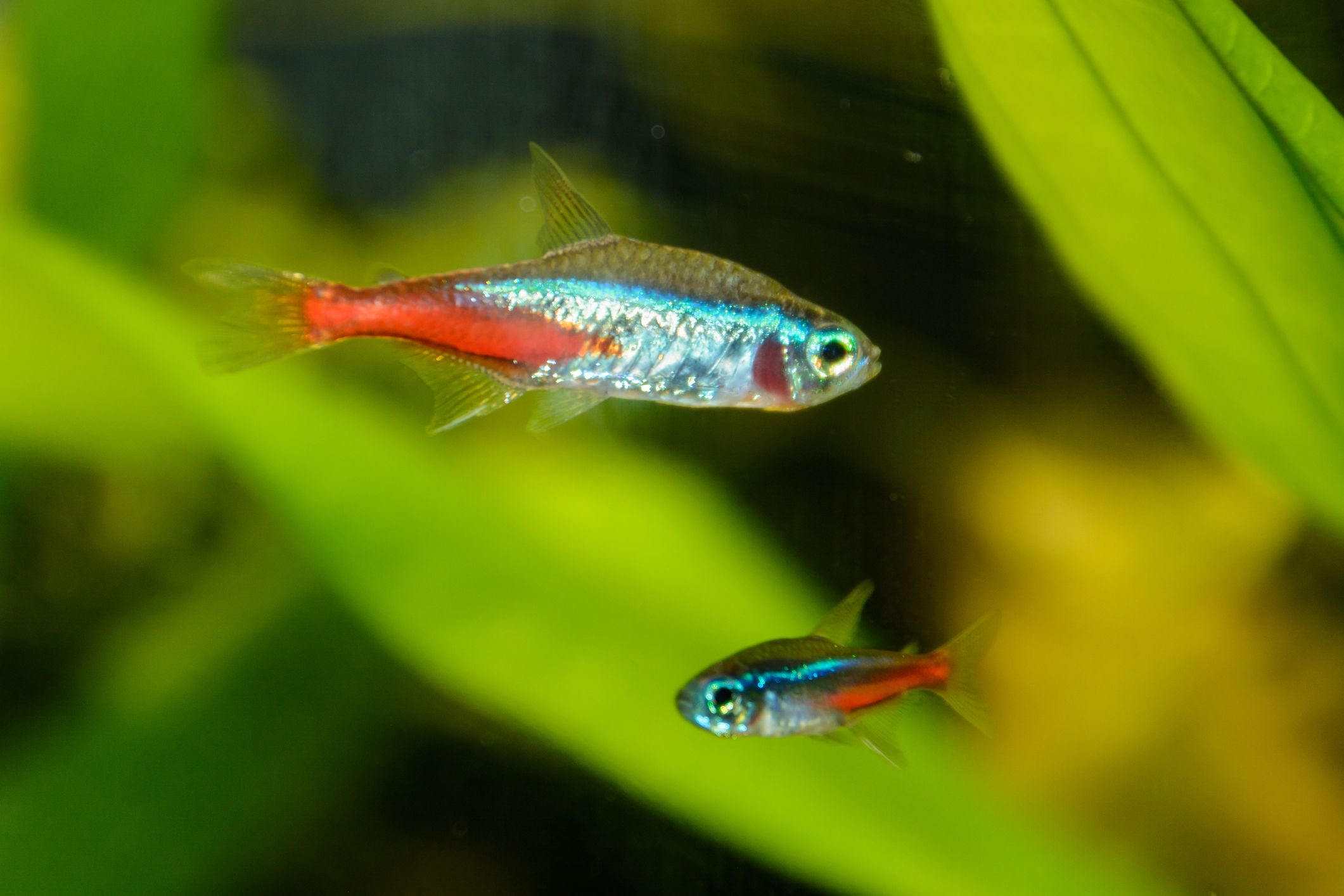
Neon tetras are among the creatures in nature that use photonic crystals to change color. (Getty Images)
Neon tetras are among the creatures in nature that use photonic crystals to change color. (Getty Images)
The iridescence of some butterfly wings and the feathers of peacocks are among many other examples of photonic crystals in nature.
If you put strawberries into a blender, Dong explains, the resulting liquid will be red because the color of the strawberries comes from pigment. If you grind up iridescent butterfly wings, however, the result will be a dull powder because the rainbow colors were not based on pigments, but on what is known as “structural color.” The structure of the photonic crystal arrays is destroyed when the butterfly wings are ground up.
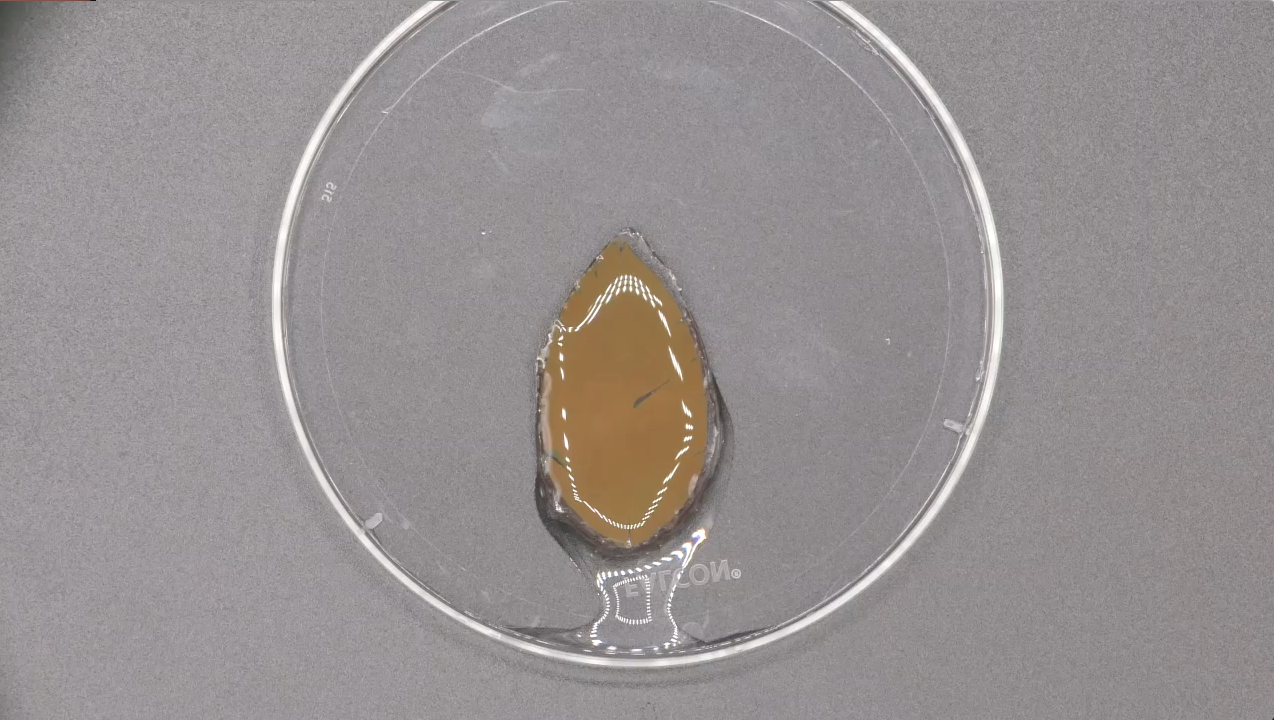
To mimic chameleons and create an artificial smart skin, scientists have experimented with embedding photonic crystal arrays into flexible, water-containing polymers, or hydrogels. Expanding or contracting the hydrogel changes the spacing between the arrays, resulting in a color change. The problem, however, is that the accordion-like action needed to generate a visible change in hue causes the hydrogel to significantly grow or shrink in size, leading to structural instability and buckling of the material.
“No one wants a camouflage cloak that shrinks to change color,” Salaita notes.
Dong was pondering the problem while watching YouTube videos of a chameleon. “I wanted to understand why a chameleon doesn’t get bigger or smaller as it changes color, but remains its original size,” he says.
In close-up, time-lapsed images of the chameleon changing hues, Dong noticed that the arrays of photonic crystals did not cover the entire skin but were spread out within a dark matrix. As the photonic crystals turned different colors, these patches of color remained the same distance apart. Dong hypothesized that the skin cells making up the dark matrix somehow adjusted to compensate for the shifts in the photonic crystals.
“I wondered if we could design something similar — a composite structure of photonic crystal arrays embedded into a strain-accommodating matrix,” Dong says.
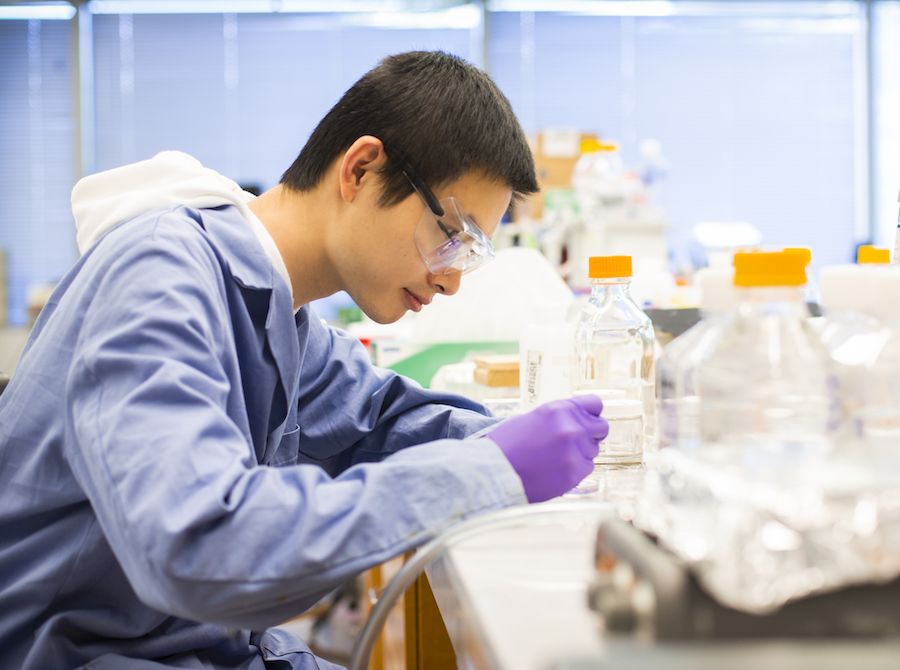
"I like working with photonic crystals because they're beautiful, and also because they have high potential for many practical applications," says Yixiao Dong. (Photo by Ann Watson)
"I like working with photonic crystals because they're beautiful, and also because they have high potential for many practical applications," says Yixiao Dong. (Photo by Ann Watson)
The researchers used magnets to arrange patterns of photonic crystals containing iron oxide within a hydrogel. They then embedded these arrays into a second, non-color-changing hydrogel. The second, springy hydrogel was mechanically matched to the first hydrogel to compensate for shifts in distances between the photonic crystals. When heated, this strain-accommodating smart skin (SASS) changes color but maintains a near-constant size.
Dong also tested the material in sunlight, fabricating SASS films into the shape of a fish, in homage to the neon tetra, as well as into the shape of a leaf. When exposed to natural sunlight for 10 minutes, the SASS films shifted from orange to green, without changing in size.
“We’ve provided a general framework to guide the future design of artificial smart skins,” Dong says. “There is still a long way to go for real-life applications, but it’s exciting to push the field another step further.”
The research was supported by the Biological Technologies Office of the Defense Advanced Research Projects Agency (DARPA), the National Institutes of Health and the Robert P. Apkarian Integrated Electron Microscopy Core.
Story and design by Carol Clark. Chameleon video via Getty Images.
To learn more, please visit:
Emory's Laney Graduate School, Department of Chemistry, the Salaita Lab, the Robert P. Apkarian Integrated Electron Microscopy Core


